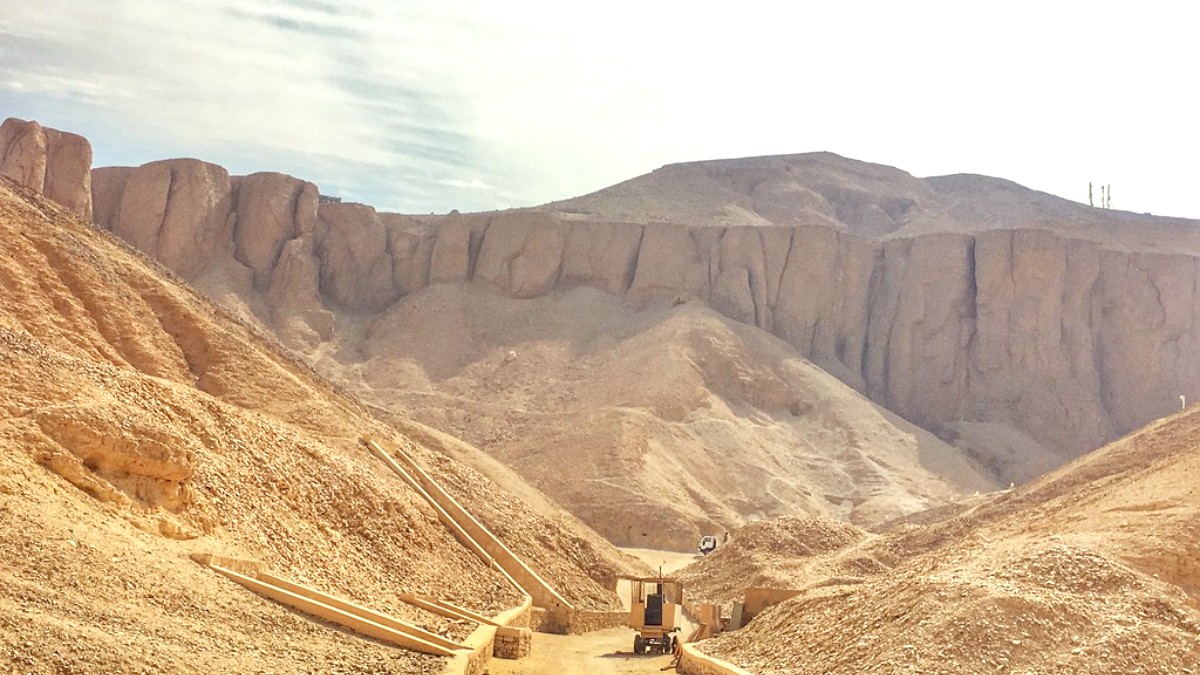
Luxor, Egypt
Luxor has a public transportation network used mainly by locals. Local Buses (Microbuses/Minibuses) operate on fixed routes, often unmarked. They are inexpensive but crowded. They do not serve the Valley of the Kings directly.
The Public Ferry across the Nile is useful for crossing between the East Bank (Luxor city, Luxor Temple, Karnak) and the West Bank (Valley of the Kings, Hatshepsut's Temple).
Recommended for crossing the Nile due to its convenience and low cost.
Generally not practical for tourist sightseeing; mainly for locals.
East Bank areas (Corniche, temples) are pedestrian-friendly.
Cost-effective for Nile crossings.
Best for local commutes, not sites.
Enjoy East Bank Corniche and temple areas.
West Bank cycling for temple visits possible.
Taxis offer a common way to travel around Luxor and to the West Bank sites. Ride-sharing apps offer transparent pricing.
Taxis are readily available directly outside Luxor Airport.
Main train/bus stations have taxis for onward travel.
Negotiate your fare or use a ride-sharing app at these locations.
While car rental is possible, other choices often prove better for tourists in Luxor.
Driving occurs on the right side of the road. Horn use is very common.
Be aware of local habits.
Road conditions vary across different areas; expect some potholes or uneven surfaces.
Stay vigilant for unexpected road changes.
Parking is typically informal at sites; sometimes attendants exist for guidance or small fees.
Ask locals for parking advice.
Explore unique travel methods and considerations for specific needs.
Accessibility is generally poor at archaeological sites, including the Valley of the Kings.
Some newer tourist facilities might have ramps for better access.
Contact tour operators or sites directly for specific accessibility information before your visit.
For efficient West Bank sightseeing, hire a private taxi for a half-day. Negotiate the price for multiple stops before you start.
This saves time and offers air-conditioned comfort between sites.